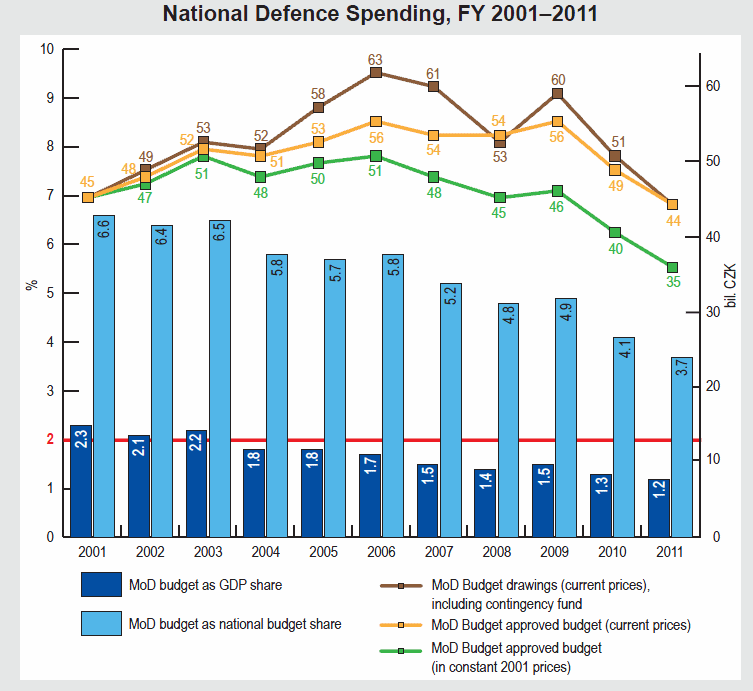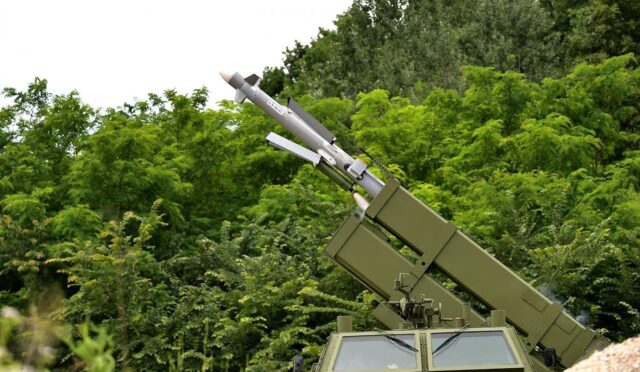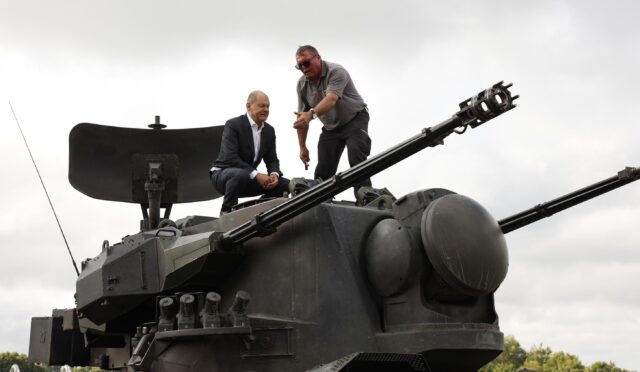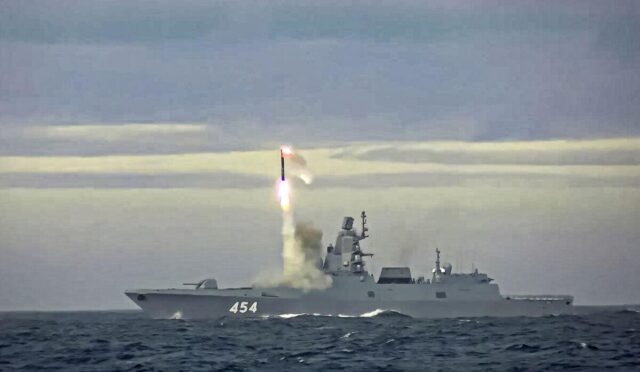Czech Defense Spending Set to Rise to 3% of GDP by 2030
In a significant move to bolster national security, the Czech government has approved a strategic plan aimed at increasing defense spending to 3 percent of the country’s GDP by 2030, up from the current 2 percent. This increase will be implemented gradually, with planned annual increments of 0.2 percent starting in 2026. The additional funding will be allocated to enhancing various military capabilities, including land forces, air and missile defense systems, as well as logistics and command operations. Furthermore, the budget will also focus on replenishing ammunition supplies and modernizing existing military infrastructure.
Defense Minister Jana Černochová underscored the urgency of this decision, stating, “It has become clear that the alliance commitment to spend 2 percent of GDP on national defense is simply insufficient.” She emphasized the increasing instability in Europe, remarking that the security situation shows no signs of improvement in the near future. This sentiment reflects a broader acknowledgment among European nations that more robust defense capabilities are essential in light of the evolving global threats.
Addressing Aging Military Equipment
The Czech government has also expressed concern regarding the state of its Armed Forces equipment. Many units are reportedly still relying on outdated Soviet-era military equipment, which no longer aligns with contemporary combat needs. To rectify this shortcoming, the military is embarking on what has been described as “the most extensive modernization in its history.” This initiative underscores the commitment to ensuring that the Czech military is well-equipped and ready to meet current and future challenges.
Experts suggest that modernizing the military is not just about upgrading equipment; it also involves adapting to new technological advancements in warfare. The modernization effort will prioritize acquiring state-of-the-art technology that can enhance operational efficiency and ensure a strategic edge in defense operations.
European Defense Spending Trends
The Czech Republic is not alone in its endeavor to boost defense spending. Multiple European nations have announced plans to increase their military budgets, aiming to exceed NATO’s suggested benchmark of 2 percent of GDP. This trend reflects a broader shift in security policy across the continent, particularly in response to escalating geopolitical tensions.
Earlier in the month, European Commission President Ursula von der Leyen introduced a comprehensive five-part plan to mobilize 800 billion euros (the equivalent of approximately $841 billion) to enhance defense funding across Europe. The initiative, dubbed “ReArm Europe,” seeks to bolster European security and provide immediate military assistance to Ukraine in the wake of diminishing support from the United States. This plan also includes provisions for loans amounting to 150 billion euros ($158 billion), aimed at supporting EU member states in their defense investments.
Examples of Defense Investments by Other Countries
In the context of rising defense expenditures, Denmark has taken a notable step by announcing a $7 billion investment aimed at surpassing the 3 percent GDP threshold by 2027. This commitment highlights Denmark’s recognition of the need for enhanced military capability amid shifting security dynamics.
Similarly, Lithuania has set ambitious goals for its defense budget, planning to allocate between 5 and 6 percent of its GDP annually from 2026 to 2030. These decisions by various European nations signal a collective resolve to invest in defense, reflecting a serious acknowledgment of the need for improved military readiness in the face of evolving global threats.







